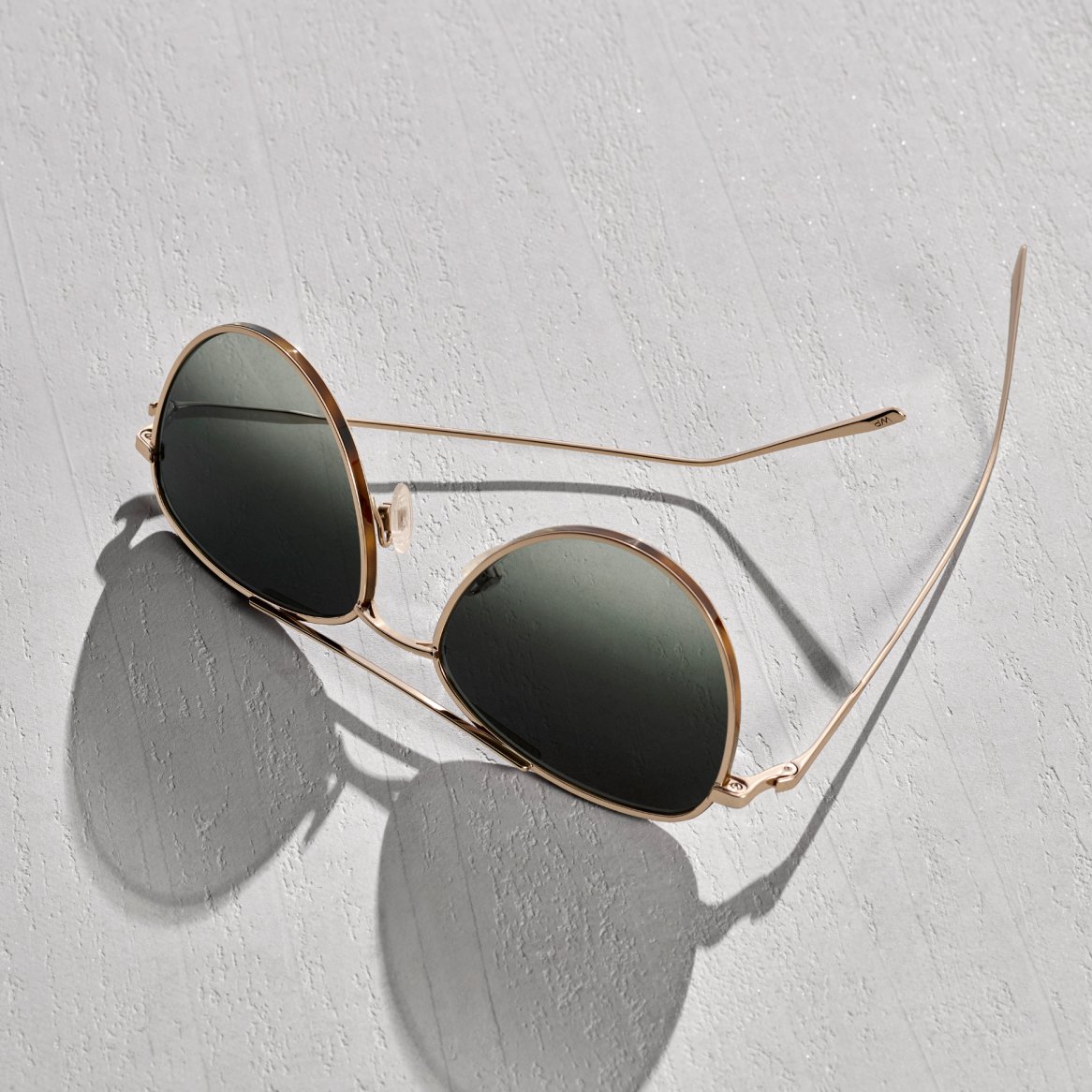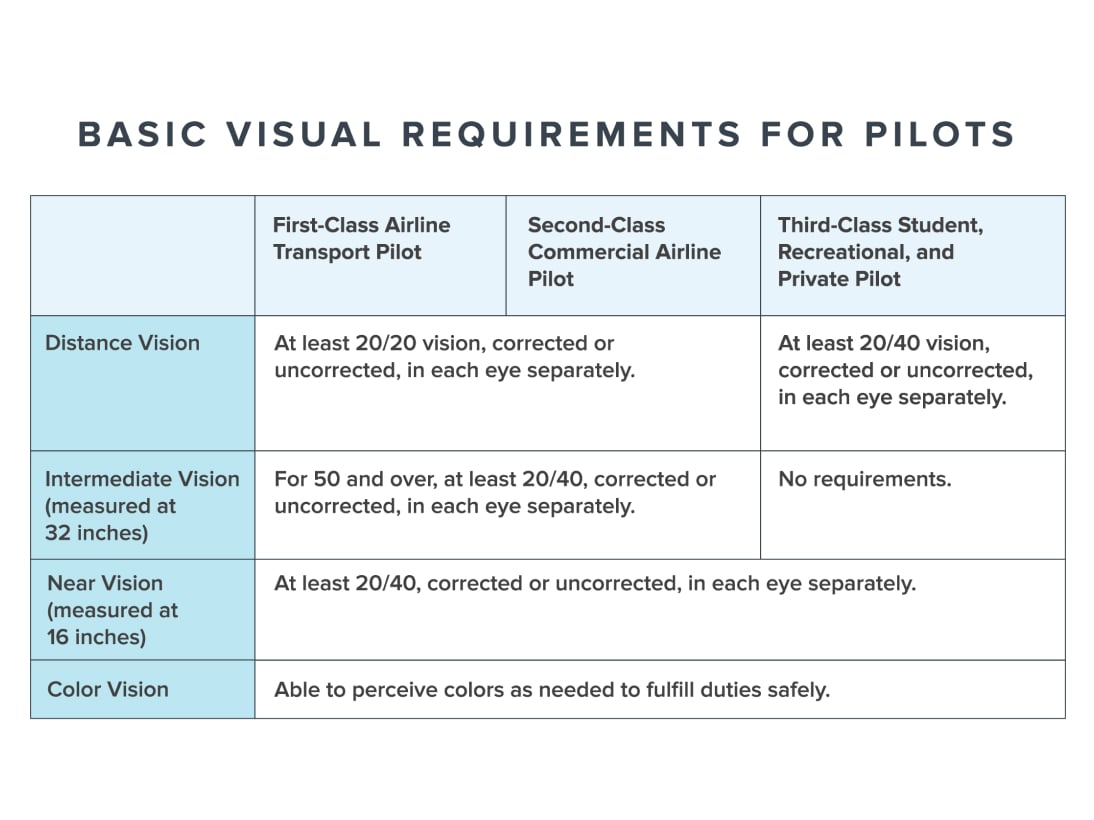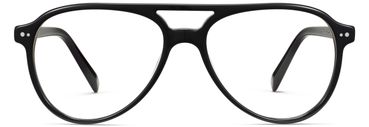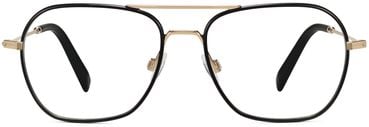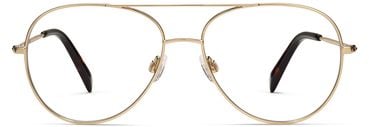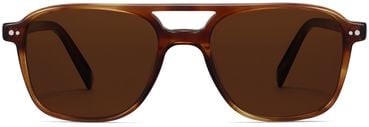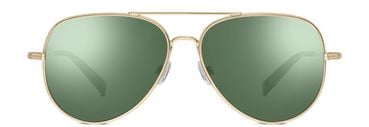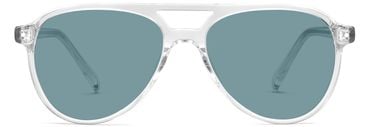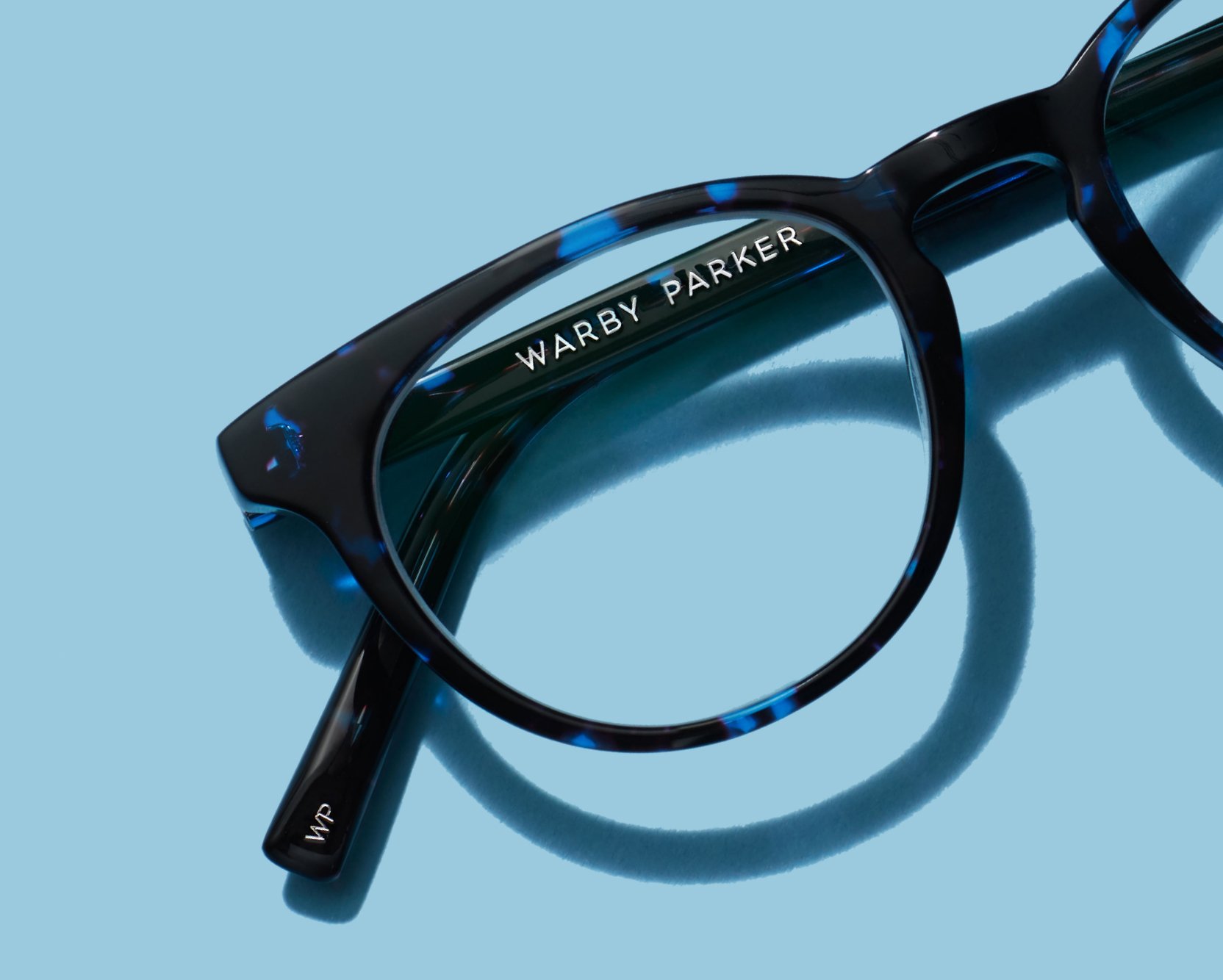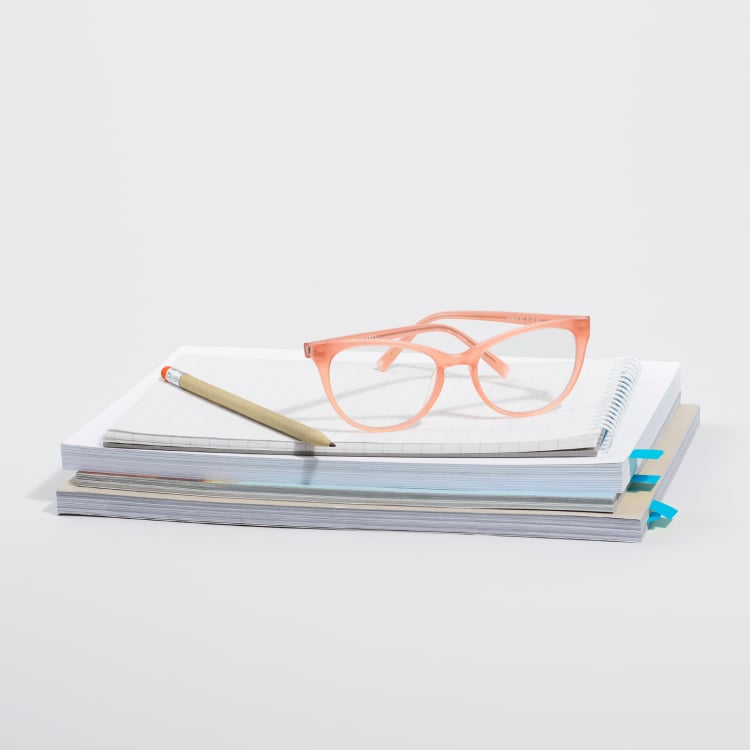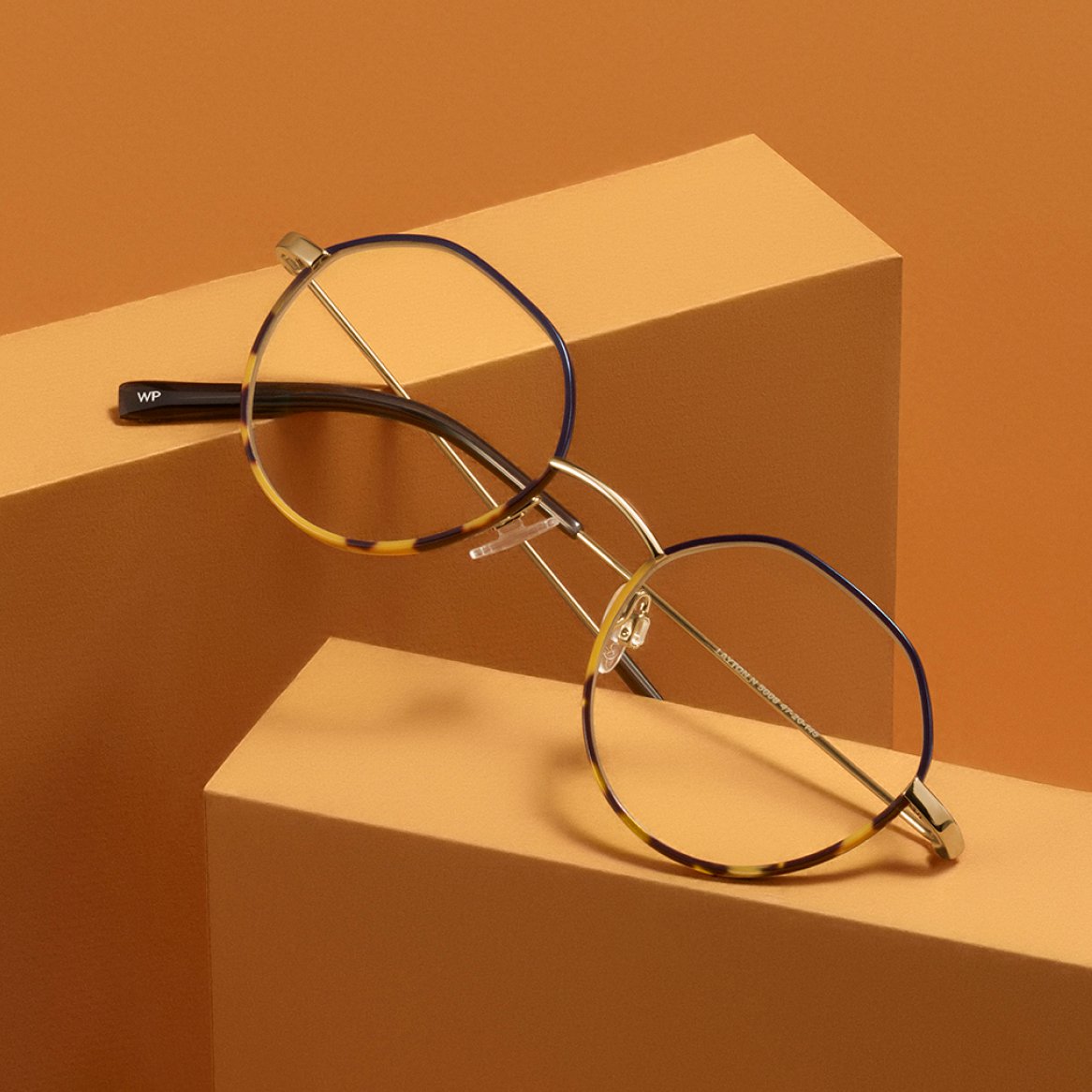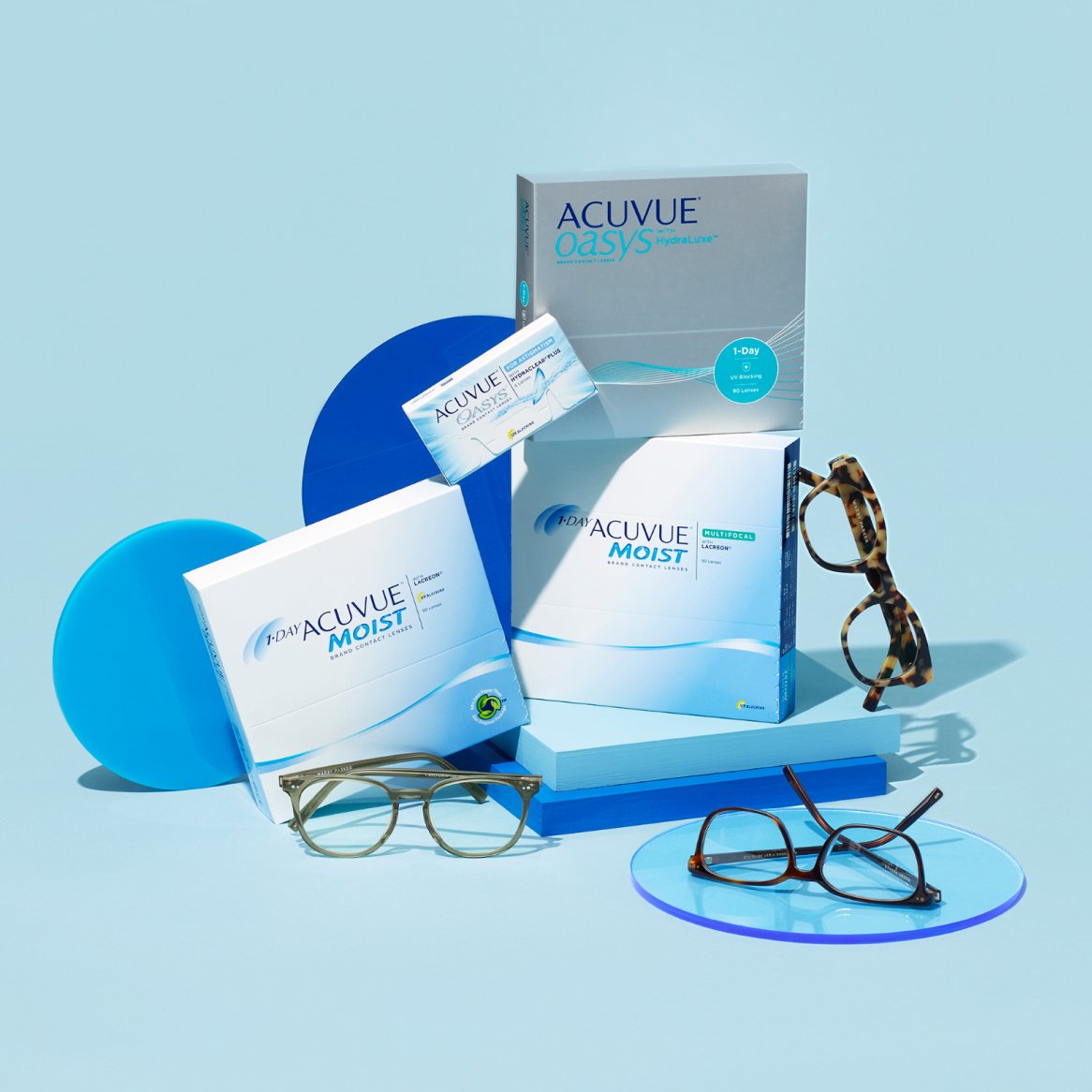Yes, airplane pilots can wear glasses. (And many do.) If you wear eyeglasses or contact lenses, you can still become a commercial, private, or military pilot.
The Federal Aviation Administration (FAA) and the military have certain minimum standards for prospective pilots. These eyesight requirements vary depending on the class (type) of pilot and whether the pilot is a commercial or military pilot. Different military branches may also have different standards for a pilot’s vision.
However, for most of these minimum requirements, corrective eyewear is allowed.
Ready to get your pilot dreams off to a flying start? In this article, we’ll break down the various vision requirements for pilots. And as a treat, we’ll also give you a bit of insight into the eyewear style pilots are most known for—aviators.
Can Commercial Pilots Wear Glasses?
Yes, commercial and private pilots are allowed to wear glasses while on the job.
To fly as a commercial or private pilot, you must first pass a medical exam given by an Aviation Medical Examiner (AME). The exam includes a vision screening and other medical evaluations. Upon passing the exam, you get an FAA medical certificate stating that you’ve met the medical requirements to be a pilot.
Commercial and private pilots have three basic classes. Each class of pilot gets a different medical certificate, and the vision requirements for each certificate varies.
The FAA issues three types of medical certificates:
- First-class medical certificate: This is the FAA’s highest class of medical certificate. It is for any pilot-in-command (PIC) of an aircraft. The pilot-in-command has the final authority on an aircraft and is directly responsible for its operation.
- Second-class medical certificate: This certificate is for any commercial pilots who aren’t pilot-in-command. This can include pilots of cargo or passenger aircraft and agricultural cropdusters.
- Third-class medical certificate: This certificate is for non-commercial pilots, generally those who are not being paid to transport people or goods.
Here are some of the basic vision requirements for each of the three pilot classes:
Commercial and private pilots with hyperopia (farsightedness) or presbyopia (age-related farsightedness) are also required to carry corrective lenses—such as reading glasses—with them while on the job.
Can You Be a Pilot With Glasses in the Military?
Much like commercial and private pilots, military pilots can also wear corrective eyewear to meet vision standards. Vision requirements for pilots vary depending on the military branch and the specific role.
A vision screening is part of the pre-qualification physical for prospective recruits in any military branch (this includes all recruits—not just potential pilots). If you’re interested in becoming a military pilot but are concerned with the vision requirements, consider reaching out to your local recruiter to get more specific information based on your career goals.
Can You Wear Glasses in the Military?
Why Are There Vision Requirements for Pilots?
According to the FAA, a pilot’s vision is their most important sense when operating an aircraft. Being an airplane pilot involves a lot of looking, both out the windshield and inside the cockpit. You need to be able to identify distant objects in the sky ahead and read your instrument panel directly in front of you. So it’s crucial for a pilot to have good vision—naturally or with the help of corrective lenses. This ensures the safety of everyone on board the aircraft.
Why Do Pilots Wear Aviator Sunglasses?
Aviators, also known as “pilot glasses,” date back to the 1930s. The first aviators were commissioned by the military. They were designed to be worn under headgear, which is why they historically had thin frames and temples. Their teardrop-shaped lenses were meant to provide the best coverage for the pilot’s entire field of vision. The double bridge has always been a defining feature of aviator glasses.
These days, civilians and pilots alike enjoy aviator frames. Some pilots do wear this style, but it’s not a mandatory style. Frames are a matter of personal preference—even for pilots nowadays. Take a look at some of our most crowd-pleasing aviator frames below.
Living Out Our Pilot Dreams: From Land to Sky
For some of us, we prefer to live out our pilot fantasies on solid ground. And thankfully, with a classic pair of aviator sunglasses, it’s relatively easy to wear the style without signing up for the lifestyle.
But if you’re dreaming of blue skies and adventurous flights, consider taking a baby step toward the cockpit. Schedule an appointment with an eye doctor and confirm that your eyewear prescription is up-to-date before taking the bigger step—scheduling a military or aviation-specific medical exam. Happy flying!

